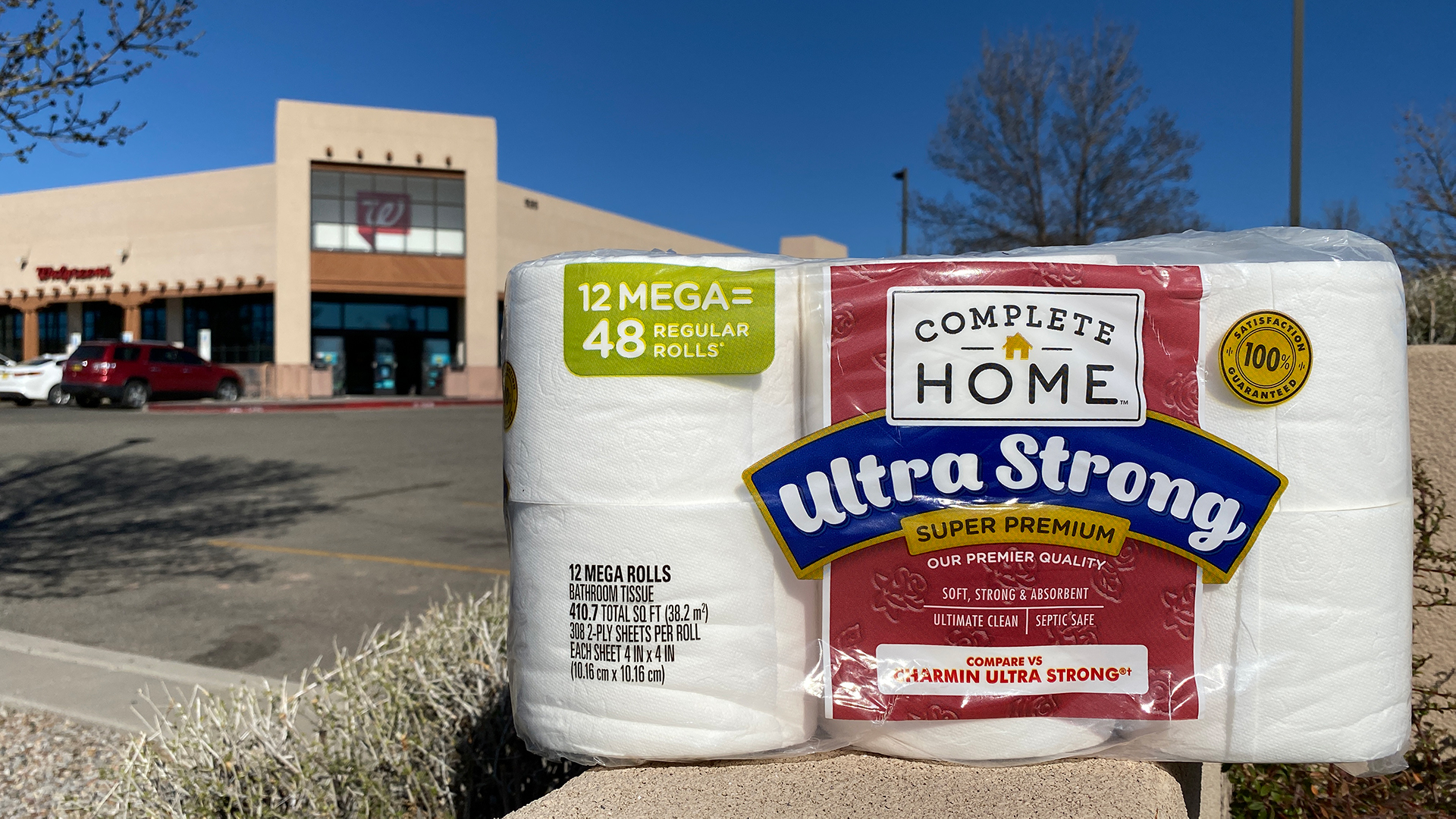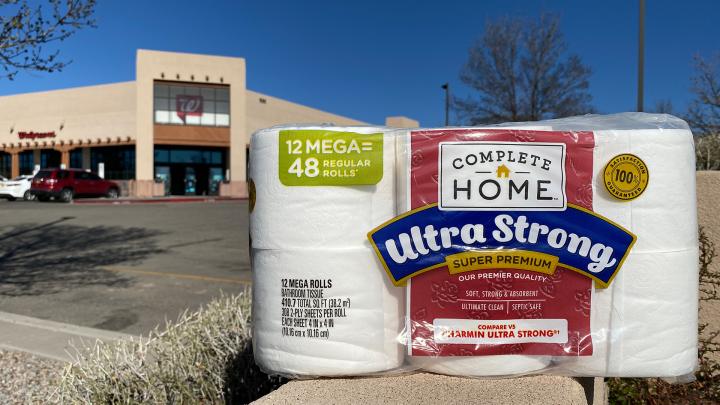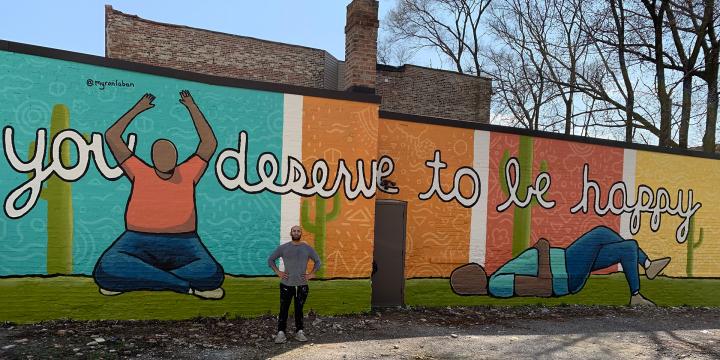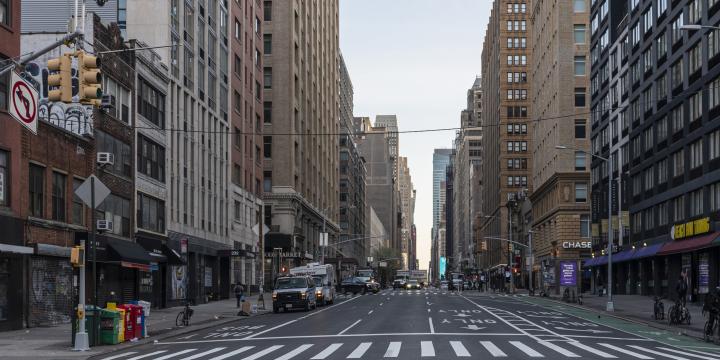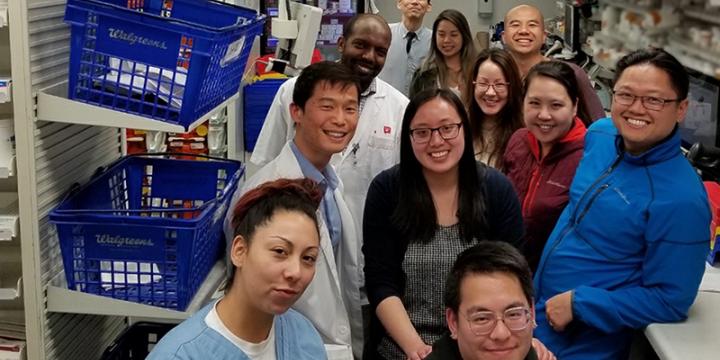The COVID-19 pandemic has taught us a lot about personal hygiene: how to wash your hands thoroughly while singing two rounds of “Happy Birthday.” How just thinking about not touching your face can bring on a sudden itch. And how toilet paper is worth its weight in gold.
The threat of coronavirus and the possibility of being quarantined inside for weeks or months has caused people around the world to behave differently. But they all have one thing in common: panic-buying toilet paper. The behavior has left many wondering – why toilet paper? Will we run out? And what happens if we do?
Walgreens News was determined to get to the bottom of it.
So we turned to Keith Loeffler, category manager of paper goods – our resident toilet paper expert – for his take on panic-buying, why customers rushed to toilet paper and how Walgreens is responding to the sudden demand. Here are nine things he’s learned so far:
- Panic-buying begets panic-buying. “It began on the West Coast. People were posting photos of empty shelves in California on social media, and it sent a panic throughout the country that spread like wildfire. People started thinking that eventually their local retailers would also be empty, and they rushed out to buy what they could. And that's when the panic-buying really picked up nationally. Eventually, even the people who knew this behavior was irrational were hit with the fear of missing out, and so they stocked up, too. At the height of it, Walgreens’ paper goods category had three weeks of inventory sell in just three days.”
- Running out of toilet paper is a psychological fear. “It's hard to explain, and I'm not sure anybody has a good reason for it, but I have to believe that psychologically, running out of toilet paper is just a fear people have in the back of their minds. Right or wrong, that fear is pretty strong, so it’s become high on the list of essentials customers are panic-buying. And now we’re at the point where people are just buying toilet paper any time they see it on a shelf, even if they don’t need it, because they haven’t seen a full paper department in so long.”
- People were more worried about running out of toilet paper than food. “It’s been unbelievable to see the panic-buying evolve. It started with gloves and masks, then moved to disinfecting products (another category I manage), then paper goods and then food. Surprisingly, one of the last ones to pick up was alcohol. It was crazy to see the surge on toilet paper happen in between disinfecting products and food – toilet paper was before food. And from what we've heard from our suppliers, the exact same thing happened in Italy, France and other countries where the outbreak occurred before ours did. So it's not a U.S. thing – it's a human thing.”
- Buying habits are changing. “Customers are now savvy enough to ask our stores when the next delivery truck will arrive, and we see people show up early that day in anticipation of the new goods coming in. They wait around near the back of the store until team members bring the items from the truck onto the floor. Sometimes customers take product right off the carts and buy it before it even makes it to the shelf.”
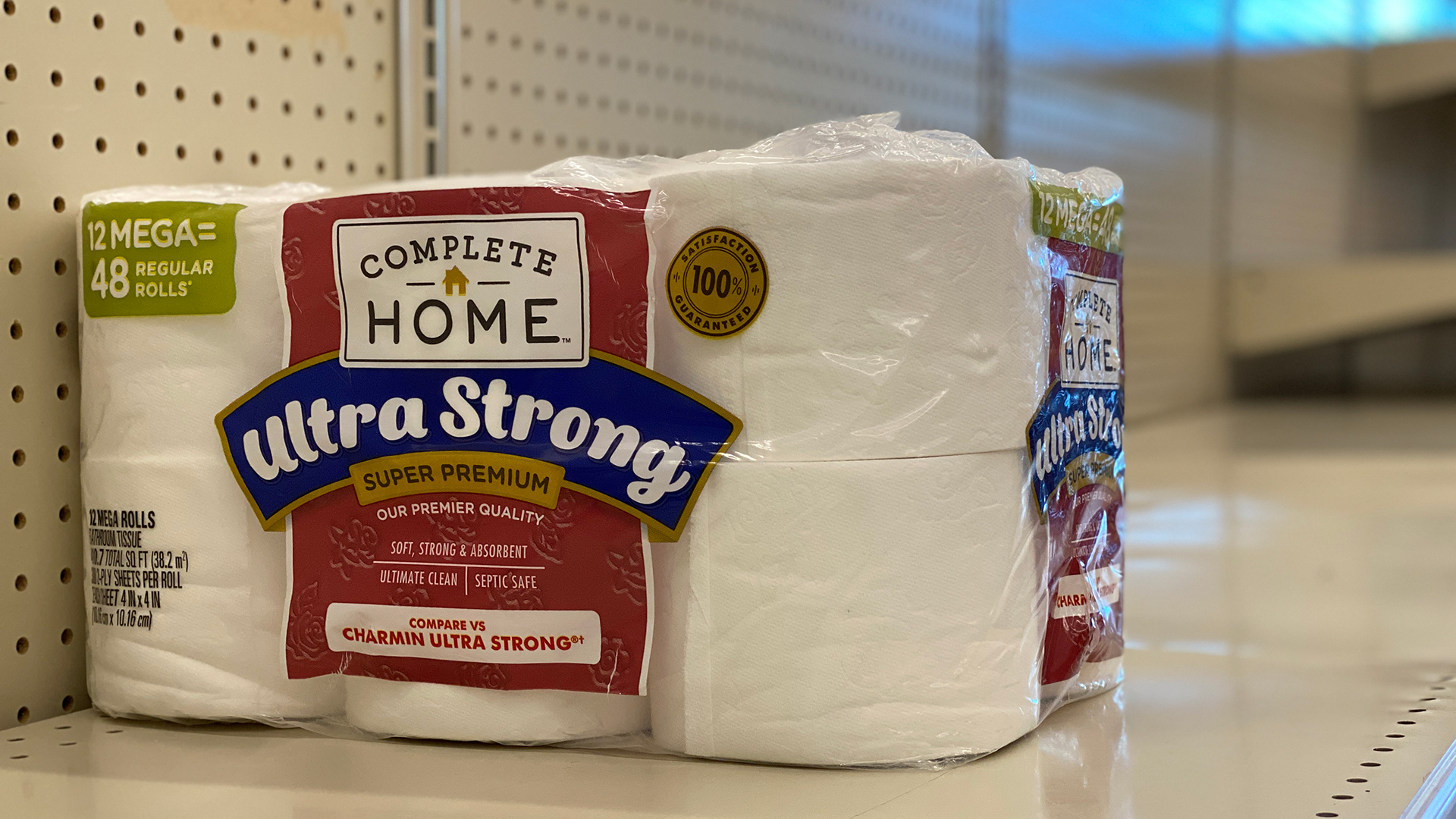
- Customers have limited options, so they’re trying new things. “Anything will do in an emergency, which means there’s no debating over one-ply or two, soft or strong, owned or national brand. And that can be a good thing. Walgreens has two owned brands of toilet paper, Complete Home and Big Roll, and this is a unique opportunity for our owned brands to gain traction. For a customer who hasn't been willing to try one of our owned brands in the past, if it's the only item on shelf, they’re going to try it because it's there – and we expect they’ll be impressed with the quality.”
- We have to think differently in order to catch up. “The biggest key to success so far has been having daily calls with our top suppliers to talk through how inventory is getting out of their facilities and into our distribution centers, share new market observations, and brainstorm ways we can work together to close the existing and future supply-and-demand gap. In addition to thinking differently about distribution, we're asking our suppliers to think differently about the way they manufacture – producing fewer variations of toilet paper, for example, and increasing production of certain types that are made most efficiently. We’ve also reviewed hundreds of potential suppliers that we’re not yet doing business with to see if we can source extra inventory.”
- We have to hold hands as an industry. “Whenever I'm talking to our suppliers about why we need inventory, I'm talking on behalf of the retail pharmacy industry as a whole. I think we have to be able to talk more broadly about what's good for the customer, not just what's good for Walgreens. There are immunizations and medications being developed right now to help fight COVID-19, and retail pharmacies are going to play an important role in the outcome of this whole situation. These are unusual times, but I think holding hands as an industry for the greater good of all is a really important part of the narrative right now.”
- The collaboration within Walgreens has never been better. “I've been with Walgreens almost 25 years, at the corporate headquarters for 18 years, and I've never seen the level of collaboration that we have right now. My team, like so many of our colleagues, has been under a ton of pressure, but they have responded exactly the way I knew they would. Stepping up, working tirelessly to get this thing right and finding new ways of doing things. Everybody is 100 percent focused on the exact same goal – getting product to our stores as quickly as possible – and I think it has made a tremendous difference in what we've been able to accomplish and how fast we've been able to accomplish it.”
- There’s enough toilet paper for everyone – but only if you buy what you need. “The world isn’t running out of toilet paper. There’s enough out there for everybody, but there won’t be if people are buying five, six, seven times what their family actually needs. Because of the scarcity complex that everyone has built up, I believe it’s going to be awhile before we return to a more normal state. We’ll probably see some items taper off, like paper towels, but things like hand sanitizer will continue to be in high demand. My advice is to think about your actual usage, and please buy in reasonable amounts.”
